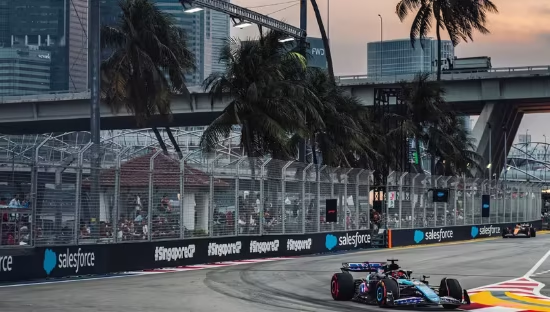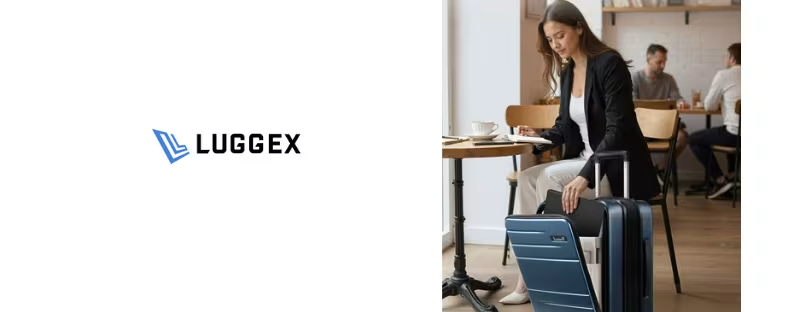
Why Rocketbook Core Is Becoming the Go-To Notebook for Remote Workers
Imagine sitting in a café in Lisbon, jotting down ideas for your next project, and with one quick scan, they’re already backed up in Google Drive, waiting for you on your laptop. A few hours later, you’re boarding a flight, you wipe the page clean with a damp cloth, and the same notebook is ready for the next leg of the journey. That’s the promise of Rocketbook Core, a reusable smart notebook designed for people who live and work on the move.
For digital nomads, freelancers, and frequent business travelers, the balance between analog creativity and digital efficiency has always been tricky. Laptops and tablets are powerful but distracting, while traditional notebooks are satisfying to write in but difficult to organize once you’re back online. Rocketbook Core tries to bridge that gap: it feels like pen-and-paper, but every note can be sent to the cloud, tagged, and stored before you even leave your seat. It’s not just about saving space in your backpack—it’s about rethinking how we capture ideas in a world where mobility is everything.
What you actually get
Core ships in two sizes—Letter (8.5″×11″) and Executive (6″×8.8″)—with lined or dot-grid pages, plus one FriXion pen and a microfiber cloth. Pricing generally starts around $34.99–$38.99, depending on color/edition. The writing surface is slicker than paper (think “whiteboard-lite”), so let the ink dry briefly to avoid smudges—lefties, consider a finer 0.5–0.7 mm tip.
How it works on the road
Mark one of the page icons to pre-route scans (e.g., ⭑ = a specific Google Drive folder). Open the app, scan, and your notes “beam” to that destination with OCR applied. When the notebook fills, add a little water to the cloth, wipe, and reuse. Several long-term testers praise the app’s fast scanning and OCR; downsides include slower ink dry time and the glossy page feel.
Who it’s for (and who it isn’t)
If you want pen-and-paper focus with automatic backups, Core is ideal for meeting notes, sketches, travel planning, and client briefs. If you need searchable typed notes as you write, or you annotate PDFs constantly, you may want a full e-ink tablet instead.
How it stacks up in 2025
• Rocketbook Core (from ≈ $35): Ultra-portable, zero charging, true pen feel, unlimited reusability, scans to many clouds. Trade-offs: glossy pages, FriXion-only ink, 32–36 pages per book before you wipe.
• Moleskine Smart Writing (≈ $200 set): Uses a camera-equipped pen and special paper; beautiful but pricier and less flexible than Rocketbook’s scan-anywhere workflow.
• reMarkable 2 (≈ $379) / Supernote A5 X2 (≈ $459): E-ink tablets with superb handwriting feel, large canvases, offline handwriting recognition, and accessories—but they’re fragile to pack, need charging, and cost 10× a Core.
• XP-Pen Magic Note Pad (≈ $439 list): LCD notepad that simulates e-ink modes; more tablet than notebook, with a steeper price and complexity for simple note capture.
Traveler takeaways
• Packability: Core weighs less than most e-ink tablets and fits in a daypack side sleeve. No batteries, no cables.
• Workflow speed: The seven “destination” icons let you route pages straight to client folders or a Slack channel while you’re between gates.
• Sustainability: Reusing 30+ pages instead of burning through multiple paper pads is a meaningful perk for heavy note-takers. Recent reviews note pages hold up well after many wipe cycles.
• Gotchas: Wait a few seconds for ink to dry; glossy feel isn’t everyone’s favorite; you’re tied to FriXion ink.
Pricing & availability
Rocketbook’s store commonly lists Core from $34.99 with frequent color promos; major retailers price around $35–$37 for Executive or Letter variants. Pens and accessories (extra FriXion packs) are widely available.
Final thoughts
For digital nomads who prefer pen to glass, Rocketbook Core hits a sweet spot: instant cloud capture, tiny travel footprint, and near-zero running costs. Against camera-pen systems like Moleskine’s, Core wins on flexibility and ecosystem support. Against e-ink tablets, it trades live handwriting-to-text and endless canvas for unbeatable simplicity, durability, and price. The broader trend line is clear: “hybrid analog-to-cloud” tools are maturing fast, and even premium e-ink players are leaning into repairability and offline handwriting (see Supernote’s recent hardware push) while mid-range entrants experiment with distraction-reduced LCDs (XP-Pen). For most travelers, though, the best upgrade from a paper pad isn’t another screen—it’s a notebook that scans anywhere, wipes clean, and never needs a charger. Rocketbook Core remains the most practical entry into that workflow in 2025.












